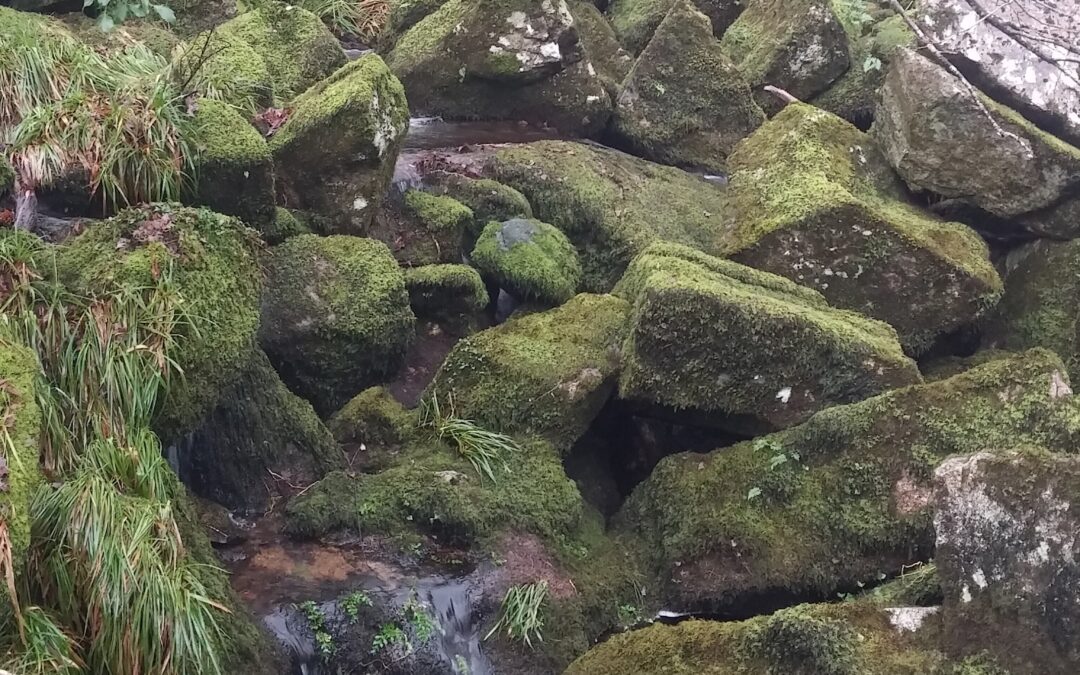TROUT in a tributary of the River Camel could receive special protection according to our research.
We have been working with partners through the UK and EU-funded Water for Growth project to improve the situation for salmon and trout on the river since 2017.
Two weirs have been removed and fish passes and easements installed to maximise free passage up and down the river, yet one of the largest blockers to fish migration on the river is at the De Lank quarry, where spoil has blocked the river’s natural course.
Dr Bruce Stockley, Head of River Management and Fisheries said:
“Our research is part of a concerted effort to turn the tide for salmon and sea trout in a river which has recently gone from one with an abundance of fish to one of great concern in less than a decade.”
De Lank quarry is steeped in history, with some of the mining cuts classified as Geological Sites of Special Scientific Interest (SSSIs) and quarry stone used for historic structures as Eddystone Lighthouse and London Bridge.
Bruce added: “It has been operating for hundreds of years, and during that time vast mounds of granite spoil has accumulated and fallen into the De Lank River, a tributary of the river Camel.”
The river now disappears down a sinkhole at the top of the quarry and 300m further down the valley it arises as a spring from the bottom of a mass of granite boulders.
Consideration has been given to removing the blocker; with the hopes it will open significant spawning grounds to salmon as well as helping trout populations.
But an isolated resident trout population on the upper De Lank appears to be doing well, without intrusion from spawning salmon and their highly competitive fry.
“We needed to deepen our understanding of the trout in the De Lank and compare them to those in the main Camel and some of its major tributaries,” Bruce said. “We explored the question if the De Lank trout were a special population in need of protection, or if it would be better for these trout to be reconnected to the sea.”
For more than 10 years our Water for Growth team has been working with Exeter University to understand fisheries genetics in relation to salmonid fisheries.
For this investigation, samples of fish were taken from the De Lank above the quarry, and from the River Camel and the Allen – another tributary of the Camel.
Analysis gave the team some fascinating results, including two neighbouring sites showing strong evidence of mixing, while the upper De Lank indicating the fish are a genetically distinct population.
This means they are becoming closely related due to not being able to freely mix.
Removing the barrier that prevents sea trout, and even resident trout from lower down the river, from accessing the De Lank, the team believe, will reverse the inbreeding in this trout population.
Bruce concluded: “In order to look after the trout, we need to let them fulfil their natural life-cycle and mix brown and sea trout into a single population.
“This would also allow salmon to regain access to the tributary and vitally boost their numbers.
“After all, both salmon and trout need the same thing, a natural, connected, flowing river.”
The Water for Growth team are now considering next steps in making this section of the iconic river work for all.



A long awaited outcome. The sooner the better removal of this barrage.
The removal of the weir just below Keybridge will have little if any effect for migrating salmon and sea trout unless measures ere put in place to negotiate the turbine dam and quarry spoil blocking the river.